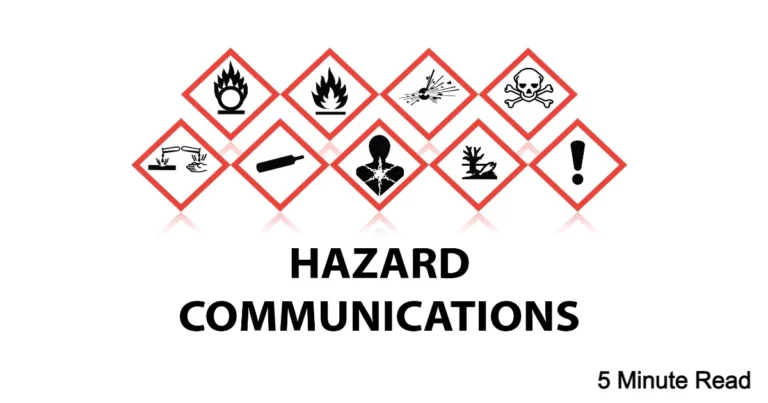OSHA: RIR, DART, and EMR
Understanding Safety Units of Measurement: Key Metrics for Workplace Safety
In the realm of workplace safety, several key metrics are used to assess and monitor the safety performance of a company. These units of measurement are critical in identifying risks, ensuring compliance, and fostering a culture of safety. Today, we delve into three primary safety metrics: Experience Modification Rate (EMR), Days Away, Restricted, or Transferred (DART), and Total Recordable Incident Rate (TRIR). Additionally, we’ll explore other vital benchmarks that companies track.
Total Recordable Incident Rate (TRIR)
TRIR is a comprehensive metric that includes all Occupational Safety and Health Administration (OSHA)-recordable incidents, encompassing those that do not result in lost or modified workdays. This rate is usually higher than the DART rate since it accounts for all recordable incidents, regardless of severity. The formula for calculating TRIR is as follows:
TRIR=(Total Number of Recordable Incidents×200,000)/Total Hours Worked


For instance, a company with 10 incidents (including 4 additional to those causing restructure or transfer days) and 400,000 total hours worked would have a TRIR of 5. A TRIR below 3.0 is generally considered favorable, with the average being around 2.5.
Days Away, Restricted or Transferred (DART)
DART is an OSHA-developed metric measuring three types of incidents: days away from work due to work-related injury or illness, days of restricted work activity, and days where employees are transferred to other jobs due to inability to perform their normal duties. The DART rate, indicative of more severe incidents, is calculated as follows:
DART Rate=(Total DART Incidents×200,000)/Total Hours Worked

For example, a company with 250,000 annual hours, 4 restricted duty days, and 2 transfer days would have a DART rate of 3. A lower DART rate not only reflects better safety but also minimizes regulatory scrutiny. The construction industry’s average DART rate was 1.8 as of 2018.
What Qualifies as a Recordable Incident?
Understanding what constitutes a recordable illness or injury is key to these calculations. OSHA mandates the reporting of incidents such as loss of consciousness, restricted work activity or job transfer, days away from work, medical treatment beyond first aid, and diagnosis of work-related health issues by a medical professional.
Additional Safety Benchmarks
Beyond these formal metrics, companies often track:
- Total number of employees
- Total employee work areas
- Total number of deaths
- Total number of lost workday cases
- Total recordable injury/illness cases
- Number of OSHA citations
These additional metrics offer a broader view of the company’s safety landscape, allowing for the identification of trends and areas needing improvement.
Conclusion
Regular monitoring and analysis of these safety metrics provide invaluable insights into a company’s safety performance. They not only help in ensuring regulatory compliance but also play a crucial role in safeguarding the well-being of employees, ultimately contributing to the overall productivity and profitability of the company.






